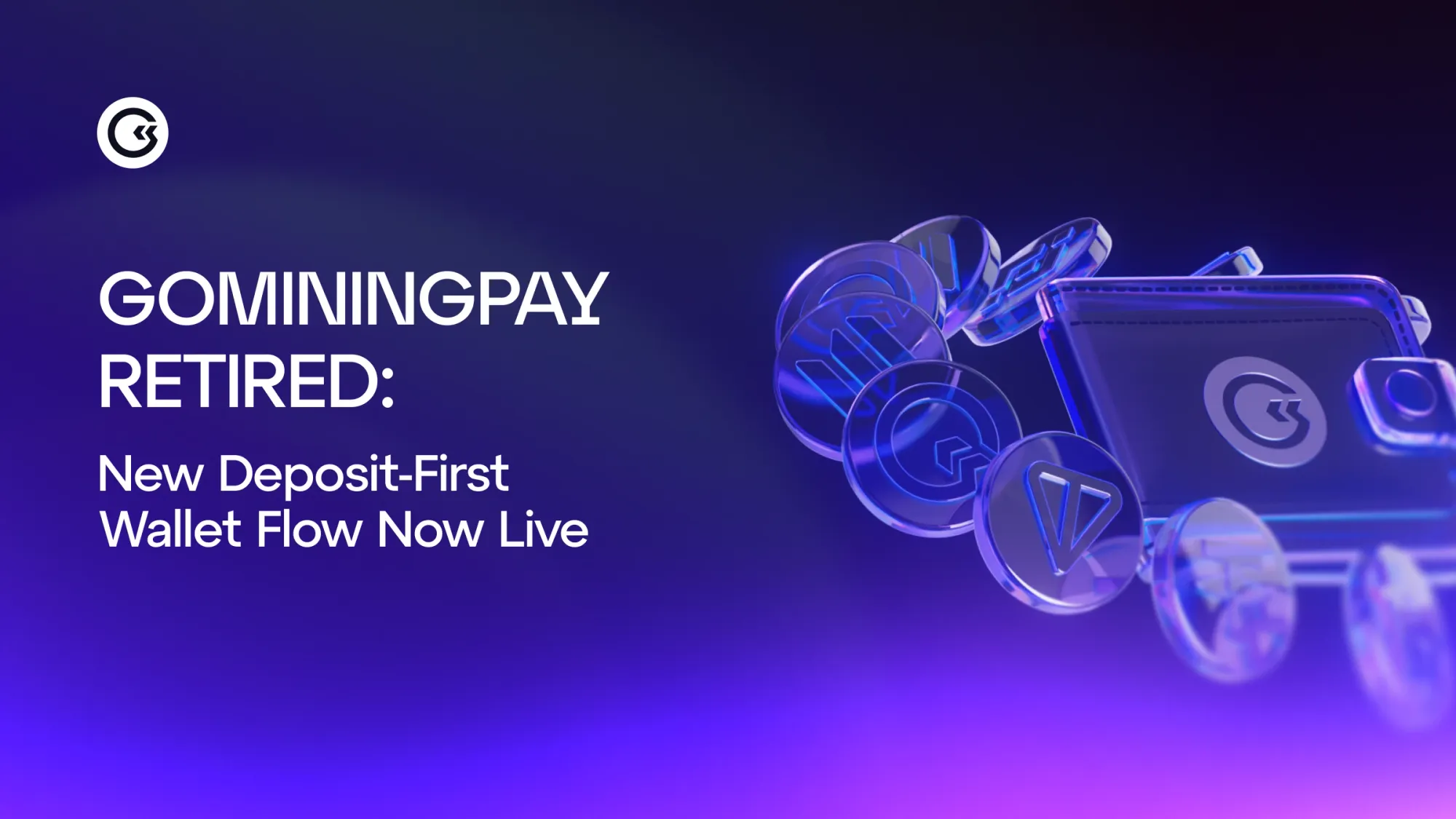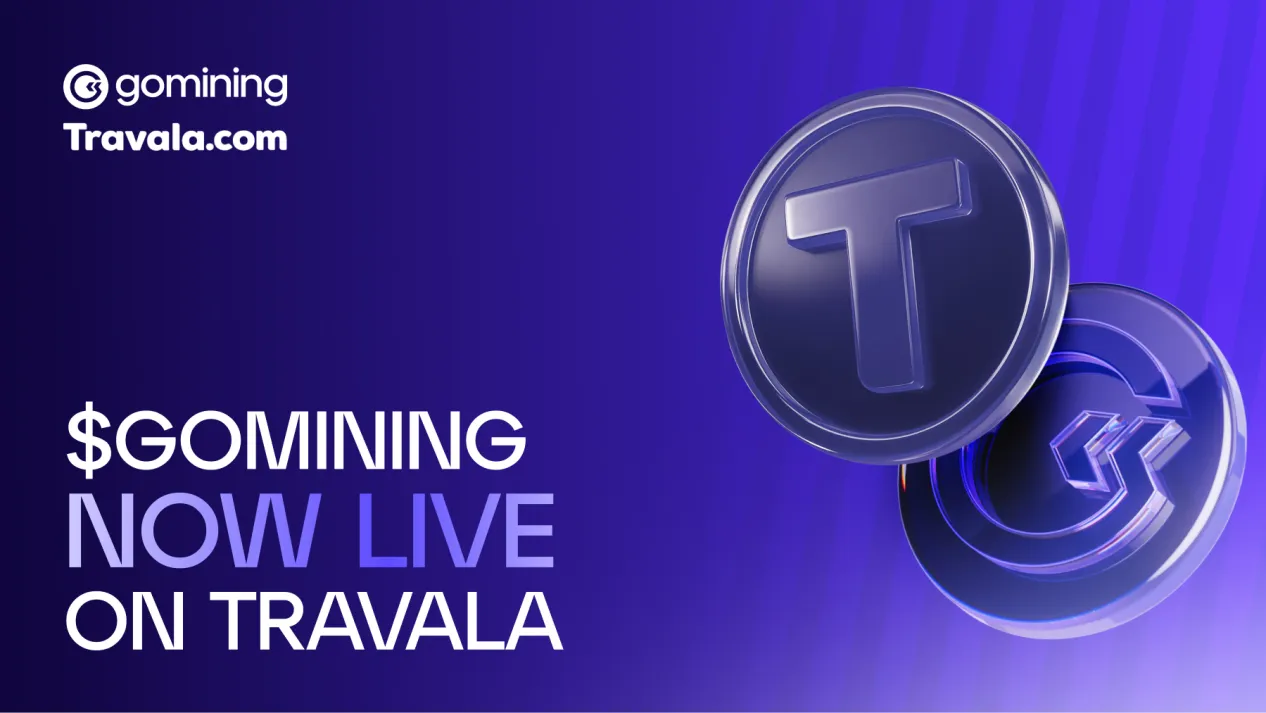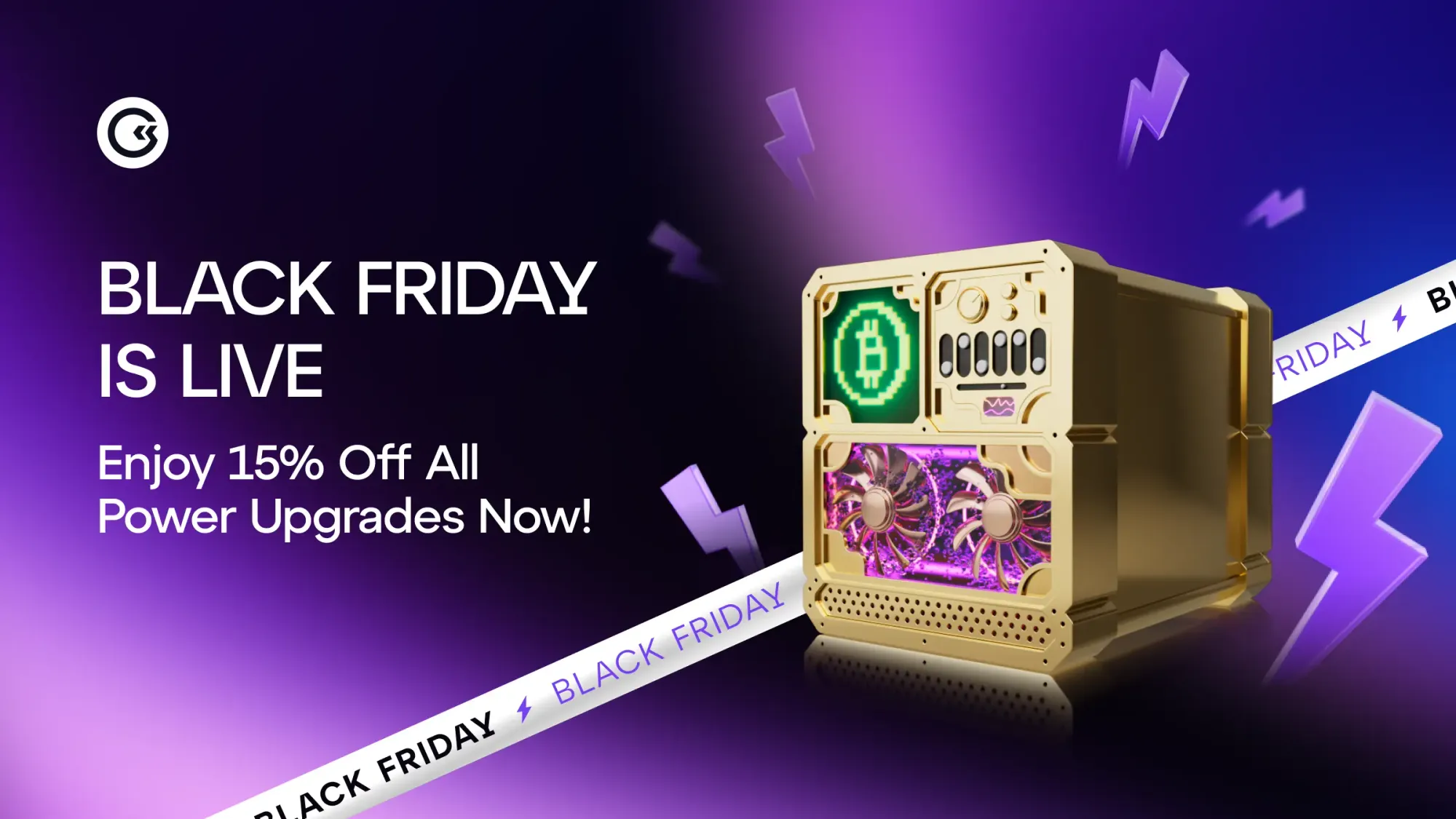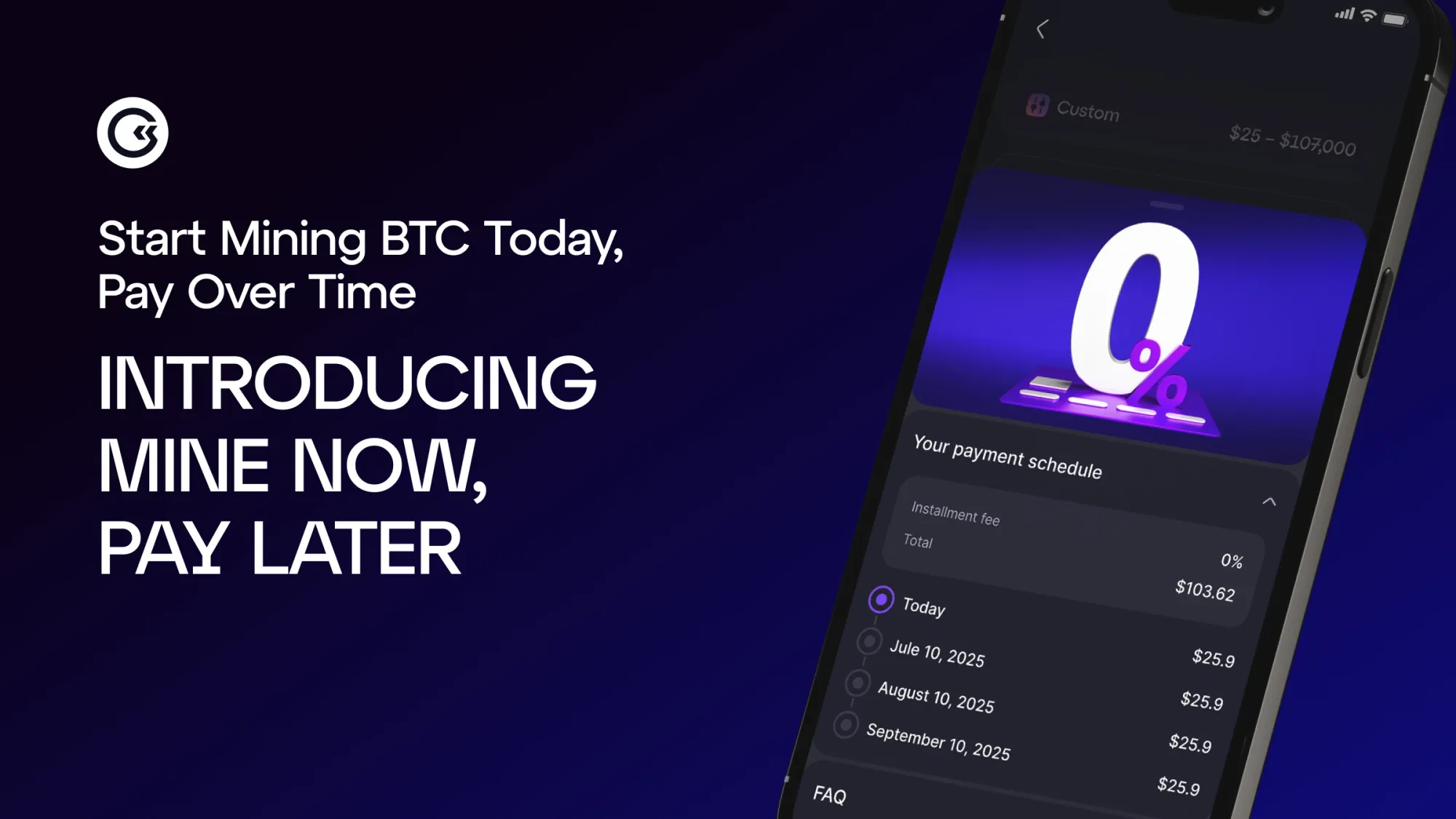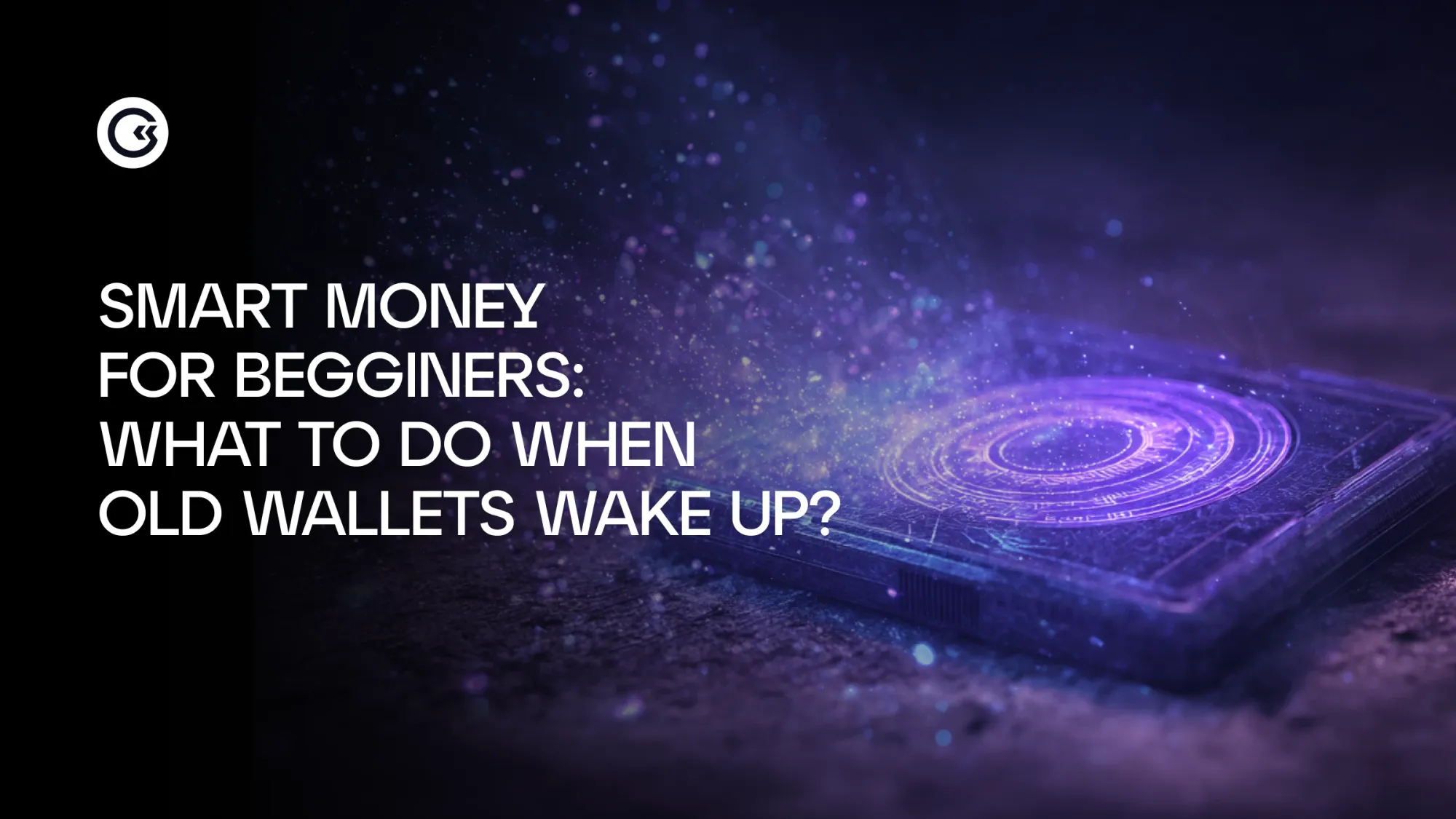Introduction
Cryptocurrency for beginners is more than a buzzword. It is a way to understand what digital money really is, why it matters, and how to approach it safely. At its core, cryptocurrencies are digital assets that run on transparent computer networks. Their rise is transforming how people think about money and finance worldwide.
Headlines about Bitcoin ETFs, remittance apps, and even central bank pilots show how quickly the topic is moving from niche forums to mainstream debates. Your journey starts with a simple roadmap: first learn what these currencies are, then see how they change payments and savings, and finally take practical steps toward exploring them with awareness and safe habits.
What is Cryptocurrency? (what is cryptocurrency)
When people first ask what is cryptocurrency, the simplest answer is that it is money created and stored in digital form, without the need for a central bank or paper bills. Instead of being printed and distributed by governments, cryptocurrencies exist as entries in a secure ledger that lives on a global computer network called blockchain.
Unlike traditional money, which passes through banks or card networks, crypto transactions move directly between people. There is no middleman in the traditional sense, though platforms may still charge small fees.
Three features make this system stand out. Decentralization means control is spread across thousands of computers worldwide, so no single authority can rewrite the rules. Its digital nature allows money to move instantly across borders without carrying coins or cash. And global access ensures that anyone with a phone or computer can join, whether they live in a major city or a remote village.
To someone starting out, cryptocurrency looks less like another payment option and more like a new form of money that aims to be faster, more open, and less dependent on gatekeepers.
How Does Cryptocurrency Work?
To understand how does cryptocurrency work, think of a public record book copied across thousands of computers. This record, called a blockchain, keeps track of every transaction. Each new page is filled with verified entries and then locked in place so no one can change it. That permanence is what gives cryptocurrency its credibility.
The process of adding transactions to this record is called mining. Specialized computers solve puzzles to confirm that each payment is valid, and once solved, the block of transactions is added to the chain. Other systems use different methods, such as proof of stake, where validators lock up coins instead of using computing power, but the goal is the same: preventing double spending and ensuring transactions are valid.
Ownership in this system is tied to keys. A public key works like your account number, while a private key is your digital password. Only with the private key can you move your funds. On top of this base layer, smart contracts make the system more powerful. These are self-executing agreements written in code, handling actions automatically once conditions are met. Together, blockchain, validation, keys, and programmable contracts create a living system where trust comes from technology itself, not from a bank or government.
Types of Cryptocurrencies
When people hear the phrase what is a crypto coin, they often think only of Bitcoin. While Bitcoin was the first and remains the largest by influence, the landscape has expanded into thousands of digital assets with distinct purposes.
Bitcoin itself was created in 2009 as a peer-to-peer form of money outside banks, designed to be scarce and resistant to manipulation. Following it came a wave of altcoins, each bringing a different use case. Ethereum popularized programmable smart contracts that let applications run directly on blockchain, enabling whole sectors like DeFi and NFTs. Litecoin targets ~2.5-minute blocks to confirm transactions faster than Bitcoin’s ~10 minutes. Ripple (XRP) has been tested in cross-border settlement systems and payment pilots. Cardano aimed for energy efficiency and academic rigor in its code.
Another important category is stablecoins: tokens like USDT or USDC that peg their value to traditional currencies such as the U.S. dollar. These help users avoid volatility while still transacting in crypto.
More recently, new categories have gained traction, such as DeFi tokens that power lending and trading protocols, gaming and metaverse coins that fuel virtual economies, and central bank digital currencies (CBDCs) that governments are exploring.
More than 100 countries are exploring CBDCs, though only a few have launched. The Bahamas, Jamaica, and Nigeria already have live versions, while China’s e-CNY pilot and India’s Digital Rupee are testing usage at scale. In Europe, the ECB is in the preparation phase for a digital euro, with a decision expected after October 2025.
Seen through fresh eyes, this variety makes clear that cryptocurrency is not one monolithic idea. It is a diverse ecosystem where each coin plays a role, from everyday payments to experimental applications.
Why Do People Buy Cryptocurrencies?
A common question for newcomers is not only what is cryptocurrency and how does it work but also why so many people decide to put their money into it. One reason is the potential for sharp price movements. Cryptocurrencies have shown dramatic rises in the past, drawing attention worldwide. Prices can rise quickly, but they can also drop just as fast.
Another reason is diversification. Adding digital assets to a portfolio means you are not entirely tied to stocks, bonds, or real estate. Many view crypto as a separate asset class that behaves differently from traditional markets.
There is also the hedge argument. In countries experiencing high inflation or weak local currencies, people turn to cryptocurrencies as protection against losing purchasing power. Even in more stable economies, digital money is often seen as a way to guard against fiat devaluation over time.
In regions like Latin America or Africa, stablecoins in particular have gained traction as a tool for remittances. Families use them to send money home at lower fees than traditional services, and workers abroad receive funds quickly without waiting days for bank transfers. Costs vary by corridor and exchange access, but in many cases, stablecoins are an everyday financial bridge in places where currency instability is common.
This mix of potential growth, protection, and access explains much of the appeal to first-time users.
Risks and Challenges for Beginners
Learning cryptocurrency concepts also means recognizing the risks that come with them. The most visible is volatility: prices can swing dramatically in hours, which makes it easy to gain but just as easy to lose. For someone new, those ups and downs can trigger excitement or panic.
Security is another major concern. Hackers target exchanges and wallets, and scams range from phishing sites to fake giveaways. Without proper safeguards, funds can be at risk, and unlike banks, there is often no way to reverse errors. Social engineering is another risk: attackers may trick users into giving away their own passwords or private keys.
Regulation is also uncertain. Some countries welcome crypto, while others restrict or ban it, creating a patchwork of rules. The European Union’s MiCA framework entered into force in 2023, with provisions rolling out through 2024–2025. Other regions, like the U.S. and Asia, remain fragmented in their approaches.
And then there are psychological traps. FOMO (fear of missing out) can push people to buy too late, panic selling can cause losses in downturns, and overtrading can erode value through fees and poor timing.
The good news is that these risks can be managed with patience, research, and secure habits. Awareness is the first step toward making smarter choices.
How to Buy, Store, and Use Cryptocurrency
Any good introduction to cryptocurrency includes the practical side: how to get it, keep it safe, and put it to use. The first step is choosing where to buy. Beginners usually start with exchanges or brokers, which act as platforms to swap traditional money for digital coins. Large, regulated exchanges often provide the smoothest entry point.
When setting up accounts, many exchanges require identity checks (known as “KYC” or “know your customer”) to comply with laws. This process involves confirming your name, address, and sometimes ID documents. These checks follow standards set by groups like the Financial Action Task Force (FATF) and are meant to reduce fraud and money laundering.
Once purchased, storage becomes critical. Hot wallets, such as apps or online accounts, are convenient for quick access, but they remain connected to the internet, making them more vulnerable to hacks. Cold wallets, such as hardware devices or even paper backups, keep private keys offline and secure. Many experienced users prefer a mix: hot wallets for small amounts you use daily, cold wallets for long-term storage.
As for using cryptocurrency, the options are expanding. People send funds across borders with lower fees, pay for services, or explore digital economies like DeFi and NFTs. Some even use crypto debit cards to make everyday purchases. Visa and Mastercard have partnered with crypto platforms to issue these cards in multiple countries, though availability depends on regulation. Sending $100 from one country to another can cost far less than through traditional banks, but the exact savings depend on the exchange and location.
For safety, three tips matter most: always do your own research before trusting a platform, create strong and unique passwords, and consider a hardware wallet once your holdings grow.
The Future of Cryptocurrencies
Understanding how bitcoin works today also points to where the entire crypto sector is heading. Digital assets are steadily becoming part of fintech and global payments, offering faster and cheaper transfers than traditional banking systems. Payment networks like Visa and Mastercard are piloting stablecoin-based settlement and blockchain rails, enabling near real-time transactions in some programs.
Institutional adoption is another sign of the future. Large financial firms such as Fidelity and BlackRock now offer Bitcoin ETFs or custody services, showing mainstream finance is directly involved. At the same time, everyday users are getting easier access through apps, debit cards, and peer-to-peer tools.
A growing number of governments are advancing pilot programs for CBDCs, testing them in real environments with both consumers and financial institutions. China’s e-CNY remains the world’s largest pilot. India’s retail e-rupee began in December 2022 and continues to expand, while the EU is preparing a digital euro with a decision expected after October 2025.
Technology itself is evolving. Integration with artificial intelligence and tokenized real-world assets is on the horizon, promising new ways to blend blockchain with physical infrastructure like property, commodities, or even supply chains.
Looking ahead, the takeaway for newcomers is that the future is not only about speculation but about digital assets becoming a lasting part of finance, commerce, and innovation.
💡Earn Bitcoin While You Learn
Access real mining power backed by real machines.
Pick your virtual miner, set energy preferences, and receive daily BTC rewards.
👉 Start earning Bitcoin → gomining.com
Conclusion
By now, you have seen that the question what is bitcoin and how does it work opens the door to a much larger world of digital money. Cryptocurrencies matter because they challenge how finance has always worked, offering new tools for savings, payments, and access to services.
The main lesson for first-time users is straightforward: focus on the basics, move carefully, and grow step by step. The crypto journey is not about speed but about making steady, informed choices that open long-term possibilities. Just as email once shifted from novelty to necessity, digital currencies are moving toward becoming part of everyday financial life. What feels experimental today may, within a few years, be as ordinary as tapping a phone to pay for coffee or sending money abroad with a few clicks.
Further Reading
- What is crypto? – European Central Bank
- What is cryptocurrency – U.S. Securities and Exchange Commission (SEC)
- How Bitcoin works – Bitcoin.org
- Cambridge Bitcoin Electricity Consumption Index – Cambridge Centre for Alternative Finance
- Blockchain Technology Overview – National Institute of Standards and Technology (NIST)
FAQ
What is cryptocurrency in simple words?It’s digital money that exists only online. Instead of being printed like paper bills, it runs on computer networks called blockchains, which keep secure records of every transaction.
How does Bitcoin work?Bitcoin transactions are recorded on a blockchain. Computers called miners validate each transaction and add it to the chain, making it permanent and secure. Ownership is managed with public keys (like an account number) and private keys (like a password).
What are the safest cryptocurrencies for beginners?There is no universal “safest” coin, but many beginners start with established assets like Bitcoin or Ethereum because they are widely used and supported. Stablecoins, which track the value of the dollar or euro, can also feel more predictable.
How do I start buying crypto?First learn the basics, then open an account with a regulated exchange. Buy a small amount to practice, store it in a secure wallet, and never put in more money than you are comfortable losing.
What is a blockchain?A blockchain is a shared digital ledger that records transactions. Each block contains a list of verified entries, and once added, the information cannot be changed.
Is crypto legal in the US?Yes, but it is regulated. The U.S. treats cryptocurrencies as property for tax purposes, and agencies like the SEC and CFTC oversee parts of the market. Rules can change, so always check the latest guidance.
How much money should beginners put into crypto?Start small. Many people begin with amounts they can afford to lose, such as $20 or $50. The goal is to learn how wallets, exchanges, and transactions work before committing larger sums.
What mistakes should first-time crypto participants avoid?Common errors include falling for scams, forgetting to secure private keys, chasing hype (FOMO), and panic selling during dips. Doing your own research, using strong passwords, and starting small are the best defenses.
October 10, 2025



